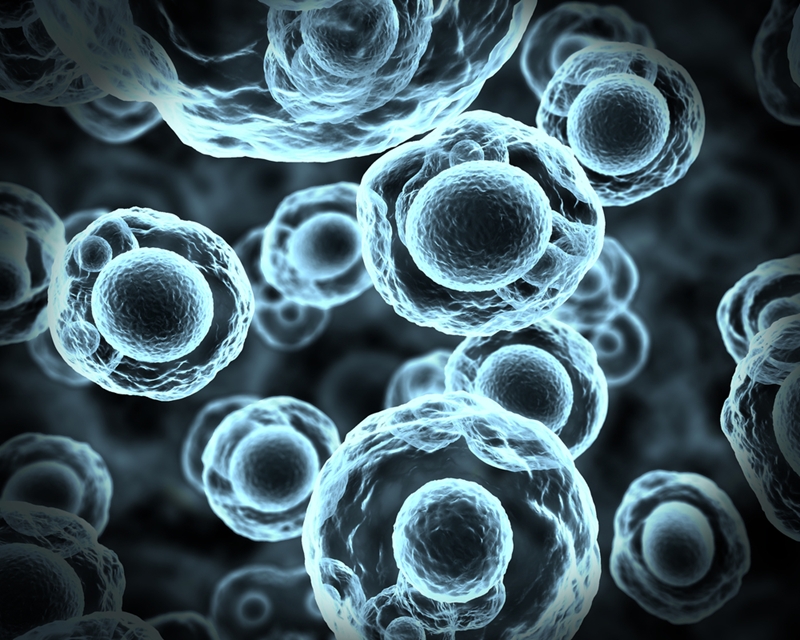Recent advances in HIV/AIDS research and treatment
During the week of June 5, 1981, the U.S. Centers for Disease Control and Prevention mentioned the occurrence of an acute lung infection in its Morbidity and Mortality Weekly Report. Between October 1980 and May 1981, five Los Angeles-based gay men had sought medical attention for a variety of symptoms including fever, oral fungal inflammation and labored breathing. Two of the five patients had died.
"Observations suggest the possibility of a cellular-immune dysfunction related to a common exposure that predisposes individuals to opportunistic infections," the report read.
This was the first official recognition of HIV/AIDS, a disease that, to date, has killed over 650,000 people in the U.S., reported the CDC. More than 1.2 million now live with the disease. According to the World Health Organization, it's one of the leading causes of death worldwide.
Because of its prevalence and sustained severity, the condition continues to be a focus for clinicians and immunologists.
Clinical care improves
Over the last decade or so, the city of San Francisco has revolutionized clinical care for HIV/AIDS patients, reported The New York Times. The city's hospitals and preventive organizations operate using a clinical philosophy called "test-and-treat." Normally, after someone tests positive for HIV, physicians wait until their T-cell levels drop to prescribe a treatment regimen. Doctors who practice "test-and-treat" prescribe antiretroviral medication immediately after an HIV diagnosis is confirmed. The newly-diagnosed patients usually receive their initial treatment free of charge. And, treatment center-based insurance specialists help patients get coverage for long-term care. This methodology has reduced the number of HIV/AIDS deaths and diagnoses. In 1992, 1,641 San Franciscans died from the disease and doctors diagnosed 2,332 new patients. Last year, 177 died and only 302 tested positive.
The National Institute of Allergy and Infectious Diseases and WHO have approved this technique.
"I love the San Francisco model," Dr. Anthony Fauci, director of the NIAID, said in an interview with The Times. "If it keeps doing what it is doing, I have a strong feeling that they will be successful at ending the epidemic as we know it. Not every last case – we'll never get there – but the overall epidemic. And then there's no excuse for everyone not doing it."

HIV affects the brain
In March of this year, researchers from the University of North Carolina and the Yale School of Medicine published a study on HIV and its neurological impact, reported The Atlantic. The study, which appeared in the journal PLOS Pathogens, showed that the virus can infiltrate the brain in its early stages and cause swelling and dementia. Researchers also discovered that HIV dulls the healing power of antiretroviral treatments that circulate the nervous system.
HIV experts have long recognized the virus' neurological implications. According to earlier research published in the journal Neurology, 52 percent of HIV-positive study subjects suffered from neurocognitive issues. However, this recent study brings to light an new facet of the virus' modus operandi: the ability to migrate to and survive within the brain.
"HIV experts have long recognized the virus' neurological implications."
"There's also a concern that HIV in the brain could migrate back into the blood, even if it's been eradicated there," Dr. Serena Spudich, the study's author, told The Atlantic. "That's the $65 million question. It's definitely theoretically possible."
Antibodies join the fight
Two separate studies published this fall postulated that artificial antibodies could deplete virus reservoirs within the bodies of HIV/AIDS patients, reported the American Association for the Advancement of Science. Both research groups designed antibodies that attack infected T-cells. These experiments were conducted using test tubes. Next, the teams plan to test these methods on HIV-positive monkeys.
The only drawback to this possible treatment is its stimulation of the immune system. In order to destroy infected T-cells, the antibody pushes the immune system to act. The body then produces large numbers of clean T-cells that attack virus reservoirs. Researchers say that the immune system might overreact and cause internal inflammation which can lead to organ failure.
"The rationale is sound, and the data are exciting, but we will need to move carefully," Dr. Steve Deeks, an HIV/AIDS researcher at the University of California, San Francisco and a lead author on one of the studies, said in an interview with the AAAS. "There really is zero room for error."



